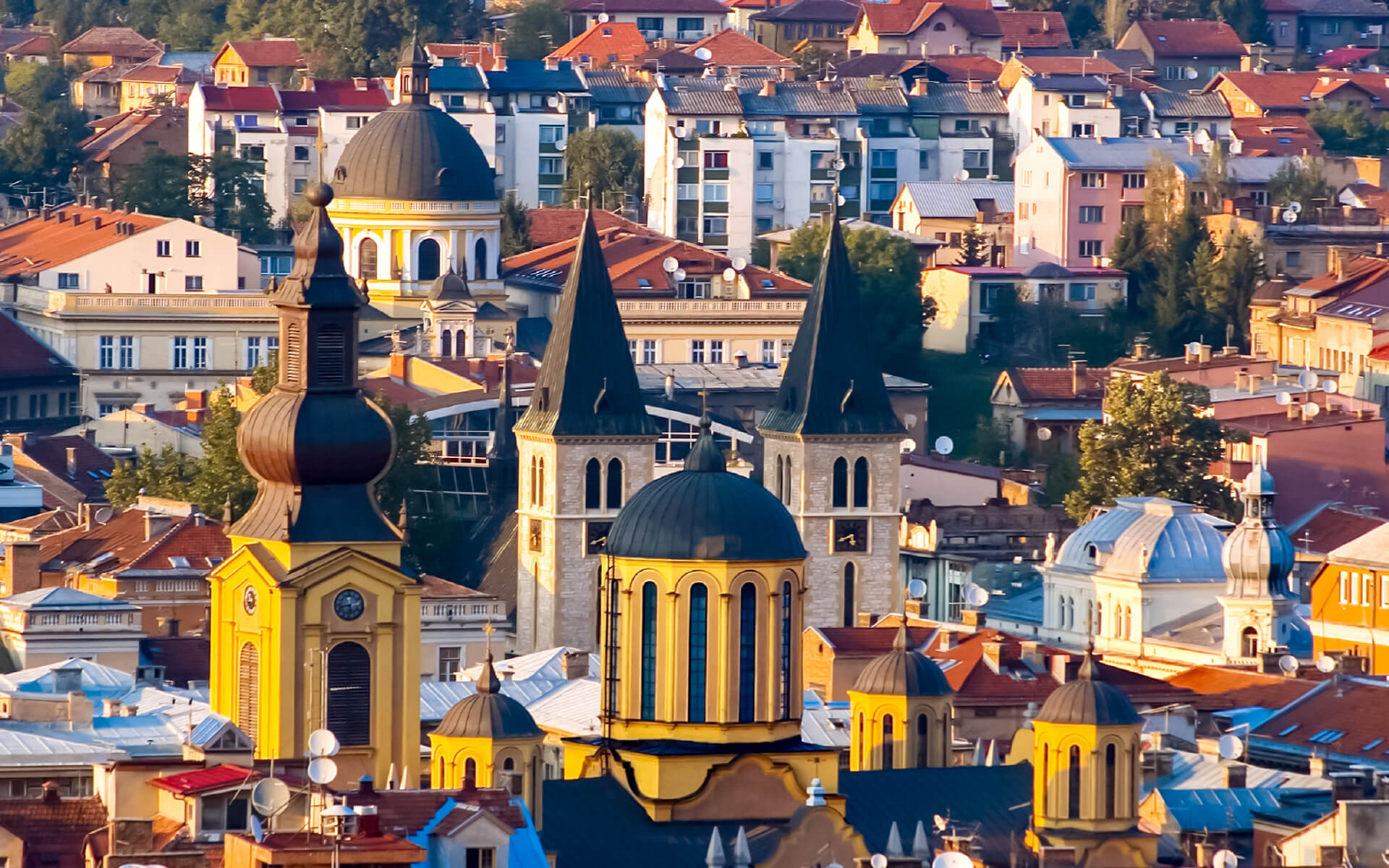Sarajevo is the capital and biggest city of Bosnia and Herzegovina. It is a bustling city of 430,000 inhabitants hidden in a valley, mostly inside the Federation of Bosnia and Herzegovina but with sections in the Republika Srpska.
Sarajevo is one of Europe’s most historically intriguing and diverse cities. It is the site of the division of the Western and Eastern Roman Empires, where people from the Roman Catholic west, Eastern Orthodox east, and Ottoman south met, resided, and fought. It has served as both an example of historical volatility and a light of hope for peace and tolerance via multi-cultural integration. The city is traditionally known for its traditional religious variety, with Muslims, Orthodox Christians, Catholics, and Jews coexisting for generations.
Today, the city has recovered physically from the majority of the damage suffered by the Yugoslav Wars of 1992-1995. Sarajevo is a diverse European center with a distinct Eastern flavor that is a joy to visit. The people, whether Bosniaks, Croats, Serbs, or others, are quite friendly. There is minimal crime, and the city is considered one of the safest in South Eastern Europe.
The city, particularly the city center, is quite tourist-friendly.


